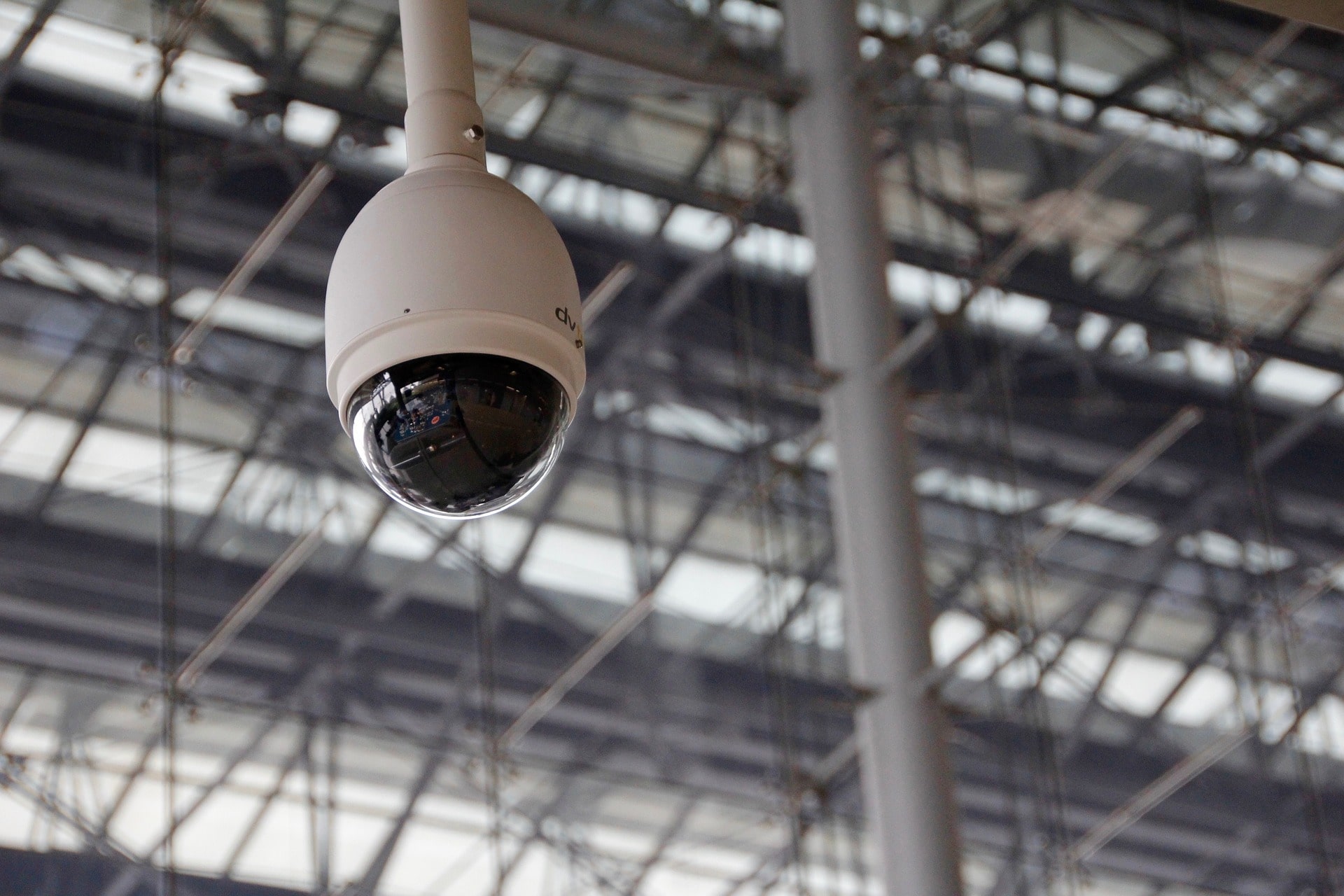
How Security Solutions Help The Experts On Channel 4’s ‘Hunted’ Track Down The Contestants
Channel 4’s popular reality TV show, Hunted (2015-2022), features a group of contestants who go on the run, with the aim of evading capture from a team of expert trackers for as long as possible. While the show is undoubtedly entertaining, it also serves as a useful demonstration of just how effective security solutions like CCTV cameras can be in tracking down individuals.
In this article, we’re going to look at some of the security solutions that have been used on the show to help the experts (all with a police or private security background) track down the contestants. Spoiler alert: if you’re planning on watching ‘Hunted’ and don’t want to know how the investigators do it, stop reading now!
ATM/Cash Machine Cameras
One of the most common ways that contestants are caught on ‘Hunted’ is by using ATM cameras. Most cash machines now have built-in cameras that record footage of both the customer and their surroundings. This footage can be extremely helpful to investigators, as it can provide them with a clear image of a suspect and their clothing, as well as any identifying features such as tattoos or other distinguishing marks. It can also help to establish where a crime took place and whether there were any witnesses nearby. On ‘Hunted’, when a contestant withdraws cash from an ATM, the machine automatically records their image. This image can then be accessed by the show’s investigator team and used to help track down the contestant. Game over!
ANPR Cameras
ANPR stands for Automatic Number Plate Recognition. ANPR cameras are typically used by police forces – as well as a growing list of local authorities and private businesses – to track vehicles that have been involved in a crime or that are wanted in connection with an investigation. ANPR cameras take images of vehicle number plates and use optical character recognition (OCR) software to identify the characters on them. The information is then cross-referenced with databases of known criminals or stolen vehicles. This helps the trackers to quickly narrow down their search area and find out where a fugitive might be headed next. ANPR cameras are also used by the ‘Hunted’ team to track contestants who are using public transport to travel between locations.
Train Station CCTV
Another popular method for tracking down contestants on the show is by using train station CCTV footage. Train stations now usually have a sophisticated network of integrated CCTV cameras that cover all areas of the station, both internally and externally. This means that even if a contestant can avoid being caught on camera while withdrawing cash from a machine, they still run the risk of being caught on camera when they enter or exit the train station.
CCTV In Public Areas And High Streets
Finally, citywide CCTV networks can also be useful in tracking down suspects. These linked up camera networks generally cover high streets, retail parks, and large urban areas and are made up of many different cameras that are all linked together under a unified surveillance system equipped with facial recognition technology and analysis software. This means that footage from one camera can be viewed on another, giving investigators a wider area to search. In the context of real-world crime investigations, CCTV footage from train stations, bus stops, and public streets was used extensively in the aftermath of the 2005 London bombings, and it played a vital role in bringing those responsible to justice.
Next Steps
Hunted is entertaining and popular because the show gives viewers a rare insight into the methods used by law enforcement and private investigators to track and apprehend fugitives. In addition to ATM cameras, train station CCTV, city CCTV, and ANPR cameras, there are also GPS tracking devices, mobile phone tracking devices, and many other types of tracking devices available to the team of investigators.
The technologies used in the show all have real-world applications by businesses and private organisations to improve security and safety on site. If you’re interested in learning more about how these devices work, please contact us today. We’d be happy to answer any questions you have about their real-world applications.
Image source: Pixabay



